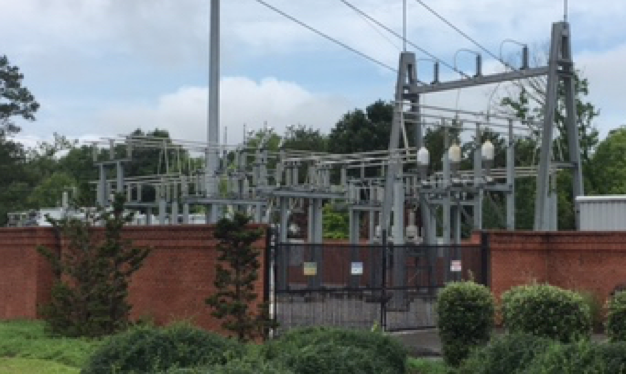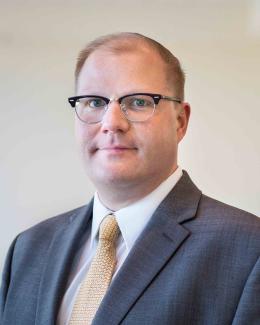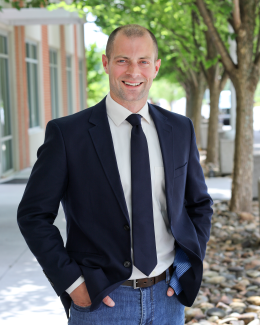Project Details

Among the nation’s most pressing security challenges is the protection of systems that provide essential services such as electric power. Because the compromise of this critical infrastructure would have dangerous and far-reaching consequences, the protection of these systems is vitally important. This includes not only physical protection, but also security for the cyber and communication systems supporting these critical infrastructure elements. Quantum information offers an appealing platform for grid cybersecurity, with security rooted in the laws of physics, rather than in computational complexity. This is particularly important for grid applications, where grid hardware is designed for many years of service, i.e., multiple generations of computational advances that will inevitably threaten traditional encryption. In quantum approaches to security, information is carried in quantum states of light so that any attempts by an adversary to read the information will be revealed in detectable changes to the quantum states. The Quantum Physics Secured Communications for the Energy Sector project will advance the state-of-the-art of cryptographic protection for energy delivery infrastructure by addressing the distance limitations and expense of quantum key distribution (QKD) and will also develop new quantum protocols for authentication and data integrity.
The QKD distance limitation can be overcome with a trusted node relay approach, which relies on the combination of keys from two QKD links that terminate in a common trusted location. This approach is particularly well-suited to grid applications, since utilities control a large number of assets spread across a large geographic area. ORNL, in cooperation with LANL, will develop a trusted node technology suitable for use with grid infrastructure. The trusted node relays will accommodate different types of QKD. A second task will address the expense of QKD systems by leveraging advances in coherent optical transceivers for classical communication. As data rates are pushed higher, the quality of these systems is approaching the level necessary for quantum key distribution.




